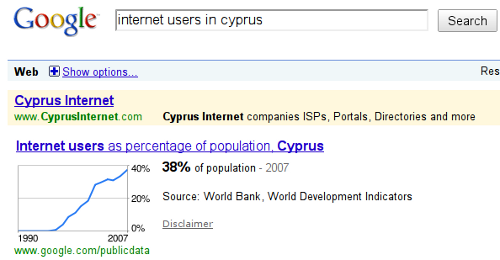Often, when I talk to my friends abroad, I hear that we have it too good here, in Cyprus. As one of the example, they say that everyone has a car. And while I don’t disagree – the life in Cyprus is good indeed – I often find it hard to explain that a car here is more than just a convenience. It’s a necessity.
I also understand why it is difficult to grasp the idea for those who’ve never been in Cyprus. Many of them can’t imagine a city with no public transport at all. Public transport is a norm pretty much everywhere you go. But not in Cyprus.
Finally, I now have a link to send to those friends of mine, who find it difficult to believe me. Cyprus Mail runs an article with some statistics. These are Nicosia-based, but I don’t think Limassol or any other city on the island would be much different.
Nicosia also stood out with 84 per cent of respondents saying they never used public transport. Only a minority – four per cent – used public transport to commute in Nicosia with 91 per cent travelling by car or motorcycle. Just five per cent walked or cycled to work.
